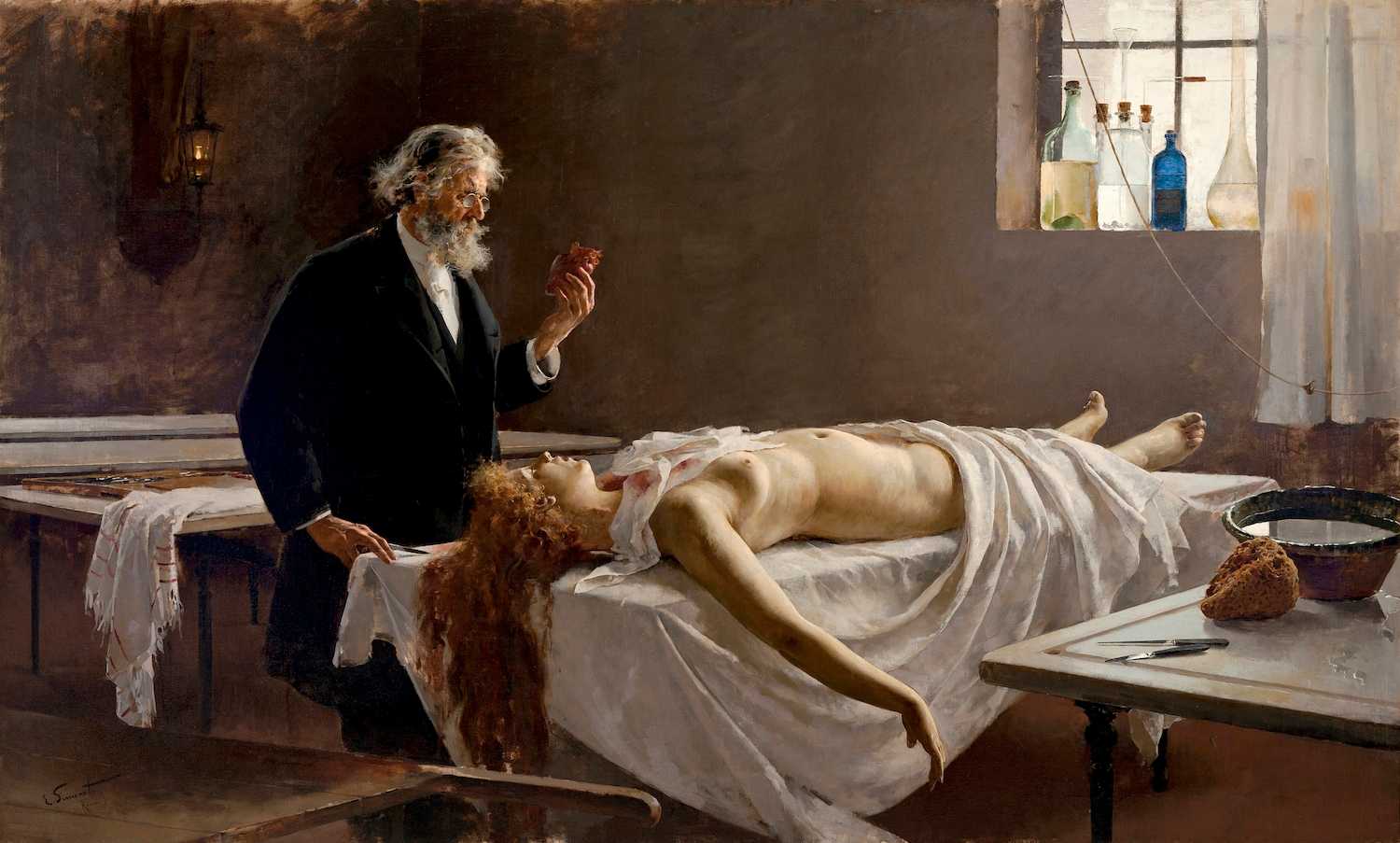History of Forensic Medicine
Forensic medicine has a long history and has been practiced for centuries, but it began to develop as a formal discipline in the late 18th and early 19th centuries.

Forensic medicine has a long history and has been practiced for centuries, but it began to develop as a formal discipline in the late 18th and early 19th centuries.

